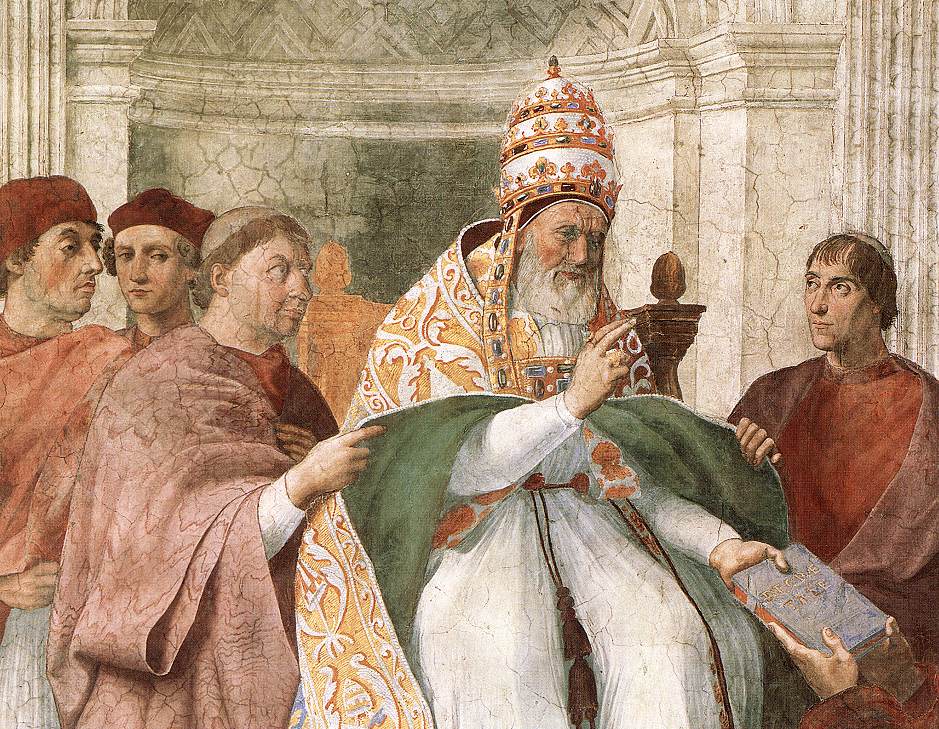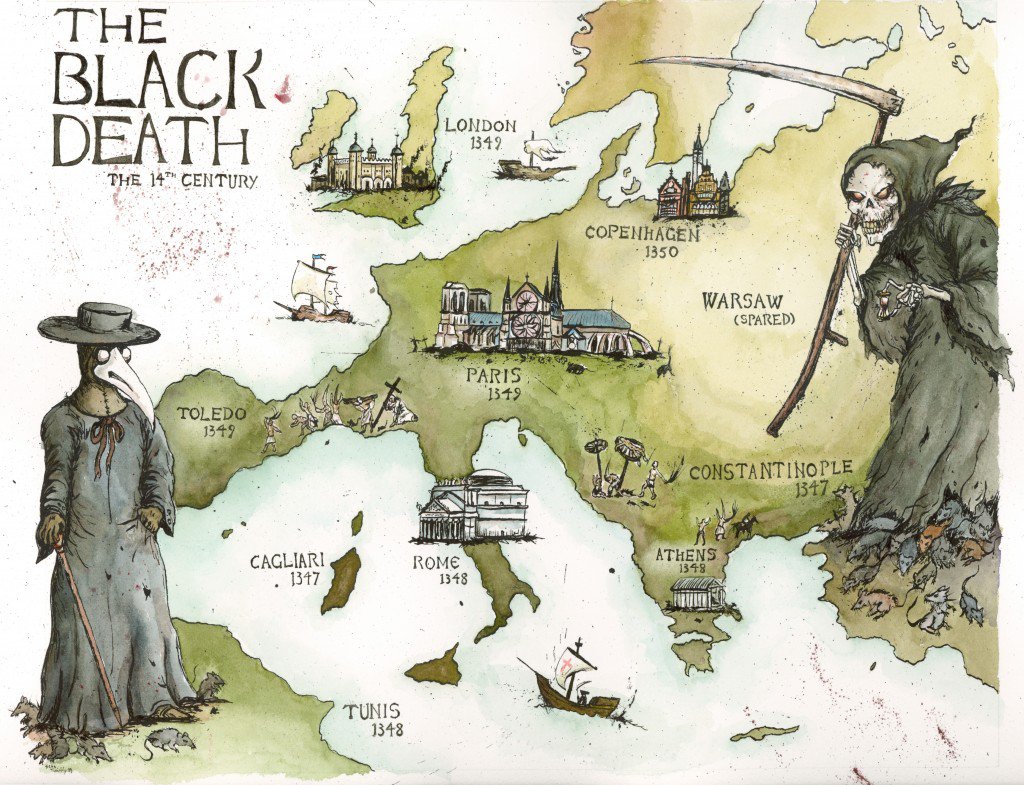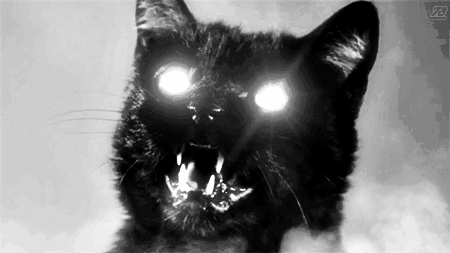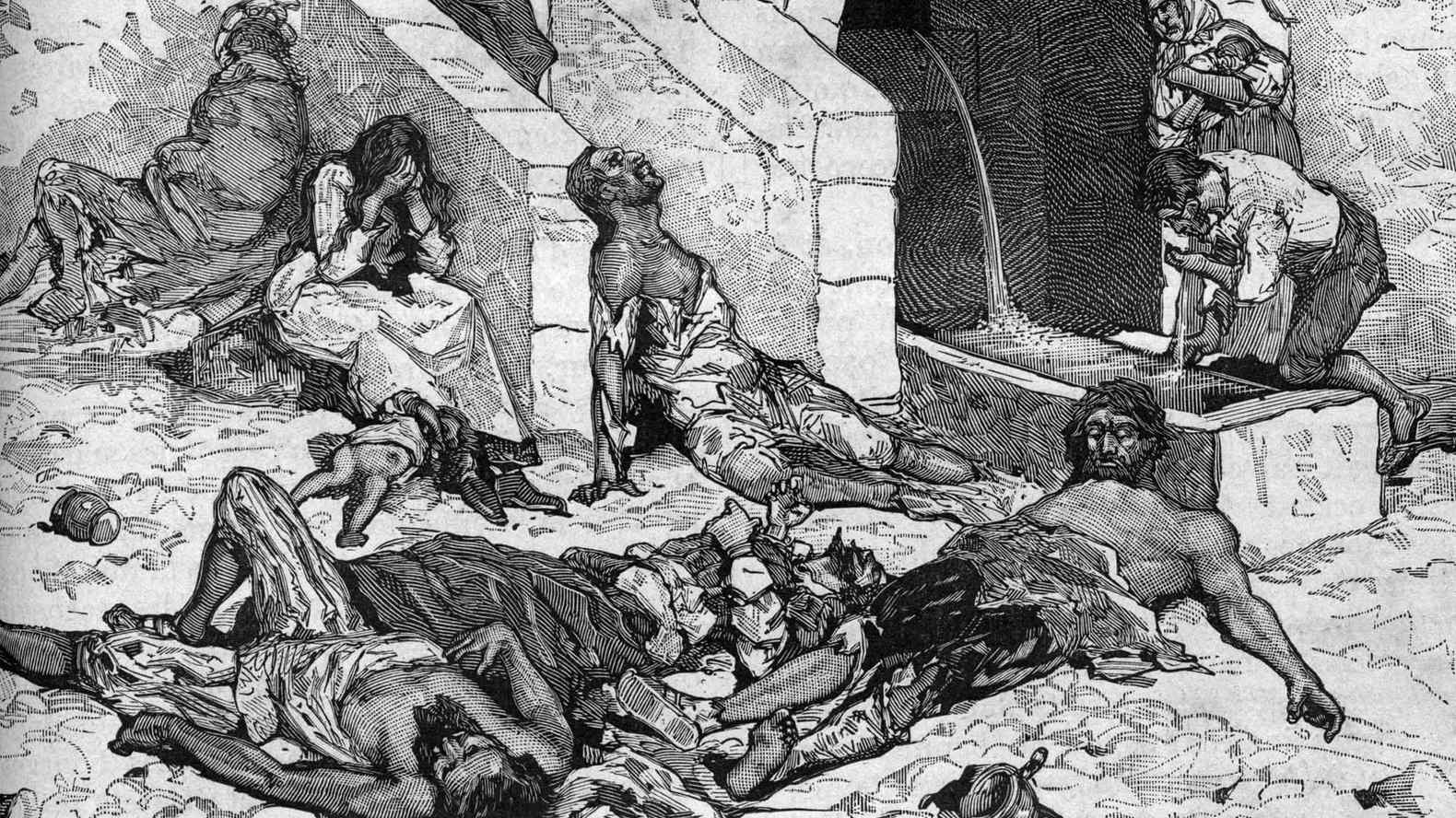Before you accuse me of clickbait, hear me out. The Black Plague did happen. It’s believed by some that the plague spread, at least in part, via rats. Another belief is that the plague was airborne. It’s also true that there was a pope at the time who was not a fan of cats, who banned them. Let’s see if the math adds up…

(Source: lovemeow.com)
This is a cautionary tale to all you cat haters out there. Kitty cats are not everyone’s flavor of pudding, but they serve an important role in many urban areas, especially in the developing nations outside the western world.
Without them, pests would run wild, and not just rats. Cats are natural hunters. They catch cockroaches, snakes, and scorpions too. You wouldn’t hate that, would you?
Did Pope Gregory’s comfort with the law cause him to overstep his station as the pope? His condemnation of cats may not be responsible for the spread of black death, but it’s definitely connected to the decline in cat populations at the time, and the proliferation of rat populations.
Pope Gregory IX

(Source: les.tresors.de.lys.free.fr)
Gregory lived from 1145 to 1241, AD. He was born Ugolino di Conti but took the name Gregory when he became the pope. That was when Ugolino was over 80 years old. Even for modern times, that is not a young age to take on the papal role.
The cat thing is a footnote in his story. He is mostly known for issuing the Decretales and starting the Papal Inquisition. The Decretals reorganized the whole library of Catholic laws.
The papal inquisition rained down justice on heretics, the people who spoke out against church canon.
It was Gregory’s past as an astute lawyer that connected him to his acts of justice within the church. It was his distaste for cats that penned the Vox in Rama.
That was the first church document condemning black cats as instruments of satan. By Gregory’s decree, there was a target on the head of every black cat.
Black Death

(Source: awesomestories.com)
The Black Death or Black Plague was the original zombie apocalypse. People living during this time lived in constant fear of death.
Many believed this was the end of the human race, and who could blame them? It was one of the most deadly pandemics in history. By rough estimates, as many as 200 million people died. If you survived, you lost many people you loved.
This timeline stretched from 1346 to 1353, a little more than a century after Gregory. How then could he have impacted the good people of the 1300’s?
There are many variables to navigate to make this assertion, but it doesn’t look good for Gregory. For years there was a debate if the Black Death and the Bubonic Plague were the same, adding speculation to the rat spreading theory.
If the Black Death was airborne, then rats had nothing to do with it, exonerating Gregory. Unfortunately, modern DNA testing allowed us to dig into the causes of death from aging corpses.
We’ve discovered that the two diseases were one and the same, spread by contact, not the air. But, was it because of cats and rats?
Black Cats

(Source: tumblr.com)
Some historians have forgiven the rats. Others are less sure. The truth is a little messy.
There were probably several strains of plague spreading through Europe. It came from was Asia, but it is still believed by many to have traveled on the backs of fleas living on rats. They spread via trade boats.
The cats play into the picture as they would have normally been instrumental in cutting down the rat populations. Since the reign of Gregory, folks at the time had taken a disliking for cats, especially the black ones.
We know there was a massive reduction in cat populations at the time because of this, so it’s plausible to make the connection. Fewer cats, more rats, more fleas, and more plague.

(Source: geneticliteracyproject.org)
Like most diseases, we’re hard pressed to find the bad guy. The truth of the plague variations that wiped out Europe is, they were the results of a perfect storm.
The people of the time may have felt that this was the end of days, but the wake of the plague was nothing but an opportunity for survivors. Wages rose fast in the absence of labor. Costs of living dropped.
Eventually, the Italian Renaissance would put this so far in the rearview, all we could think about was frilly collars.

